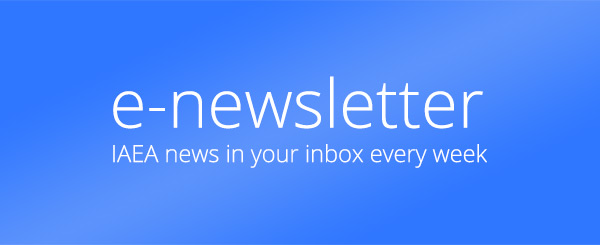The IAEA’s ‘Nuclear Explained’ series takes scientific and technical subjects related to nuclear topics and makes them easier to understand. Delve into our top explainers in 2024 to find out how nuclear science and technology can be used to produce clean energy; measure how coastal ecosystems help limit climate change; and how radiation and radioactive isotopes can be used for lifesaving healthcare.
Top ‘Nuclear Explained’ Reads in 2024
1. What is nuclear energy?
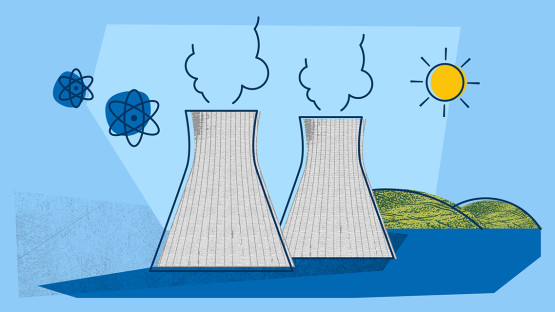
Nuclear energy is gaining momentum as countries push to meet their climate targets and reduce greenhouse gas emissions. Nuclear energy was in the spotlight in 2024 as the IAEA and the Government of Belgium organized the world’s first Nuclear Energy Summit, and the IAEA raised its projections for nuclear electrical generation for the fourth year in a row. Our explainer on nuclear energy was the most read in English and in all the other UN languages. Read it here. If that leaves you wanting more, take a look at Net Zero Needs Nuclear, the IAEA’s Bulletin on the role of nuclear science and technology in achieving a net zero future, or find out more about Small Modular Reactors (SMRs) here.
2. What is Blue Carbon?
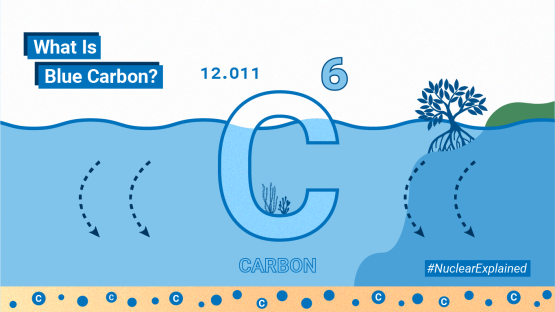
Coastal ecosystems such as mangrove forests, saltmarshes and seagrass meadows capture and store organic carbon (Blue Carbon), as part of the ocean carbon cycle. These ecosystems not only sequester large amounts of carbon, removing it from the carbon cycle and storing it for hundreds or thousands of years, but also help protect coastlines from erosion, reducing the impact of sea surges and rising sea levels. Nuclear and isotopic techniques can be used to determine the rates in which organic carbon accumulates in marine sediments, giving scientists more information about the ocean carbon cycle and Blue Carbon’s role in climate change mitigation. Read more here.
3. What is radiation?

We are constantly exposed to radiation in our everyday life. Familiar forms of radiation include the sun, microwave ovens in our kitchens and the radios we listen to in our cars. Most radiation carries no risk to our health, but exposure to higher doses of radiation is associated with higher risks. Radiation has many beneficial applications but, as in every activity, when there are risks associated with its use, specific actions need to be put in place to protect the people and the environment. Find out how radiation enables medical procedures, such as cancer treatment and diagnostic imaging. Read about how radiation can be used to produce clean electricity, using solar or nuclear power. Explore the role of radiation in creating new plant varieties, treating wastewater or producing new materials for use in industry and science. What are different types of radiation? What is radiation good for? Do we need to protect ourselves from it? Find the answers here.
4. What are isotopes?
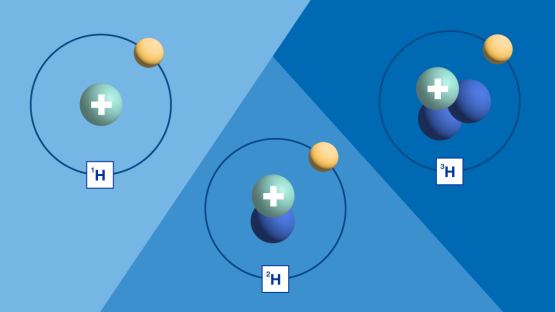
Isotopes are a type of atom, the smallest unit of matter that retains all the chemical properties of an element. Atoms with the same number of protons but different numbers of neutrons are called isotopes. Read our explainer to find out how isotopes can help experts understand more about water resources, atmospheric pollution, and the geographical and botanical provenance of food. Unstable isotopes, which emit radiation, also known as radioisotopes, can be used in medicine, industry, agriculture and industrial applications.
5. What are Radiopharmaceuticals?
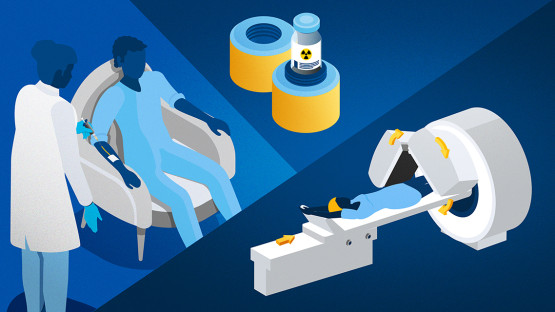
If our isotope explainer sparked your interest, try our explainer on radiopharmaceuticals, which are drugs used in medicine that include radioisotopes, among other ingredients. Radiopharmaceuticals can be used to produce detailed images of cancer cells and carry out imaging of organs such as the brain, heart, kidney and bone, and treat cancer and hyperthyroidism. Find out more here.
Find more ‘Nuclear Explained’ articles, as well as videos and podcasts in this series, here.

